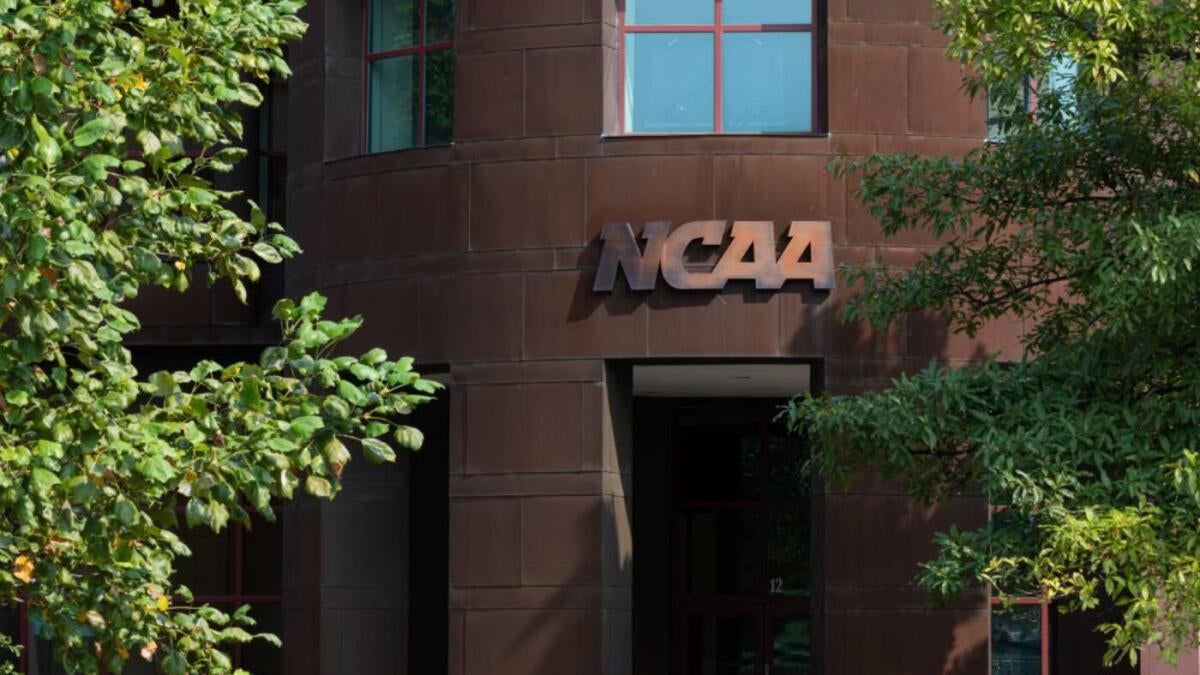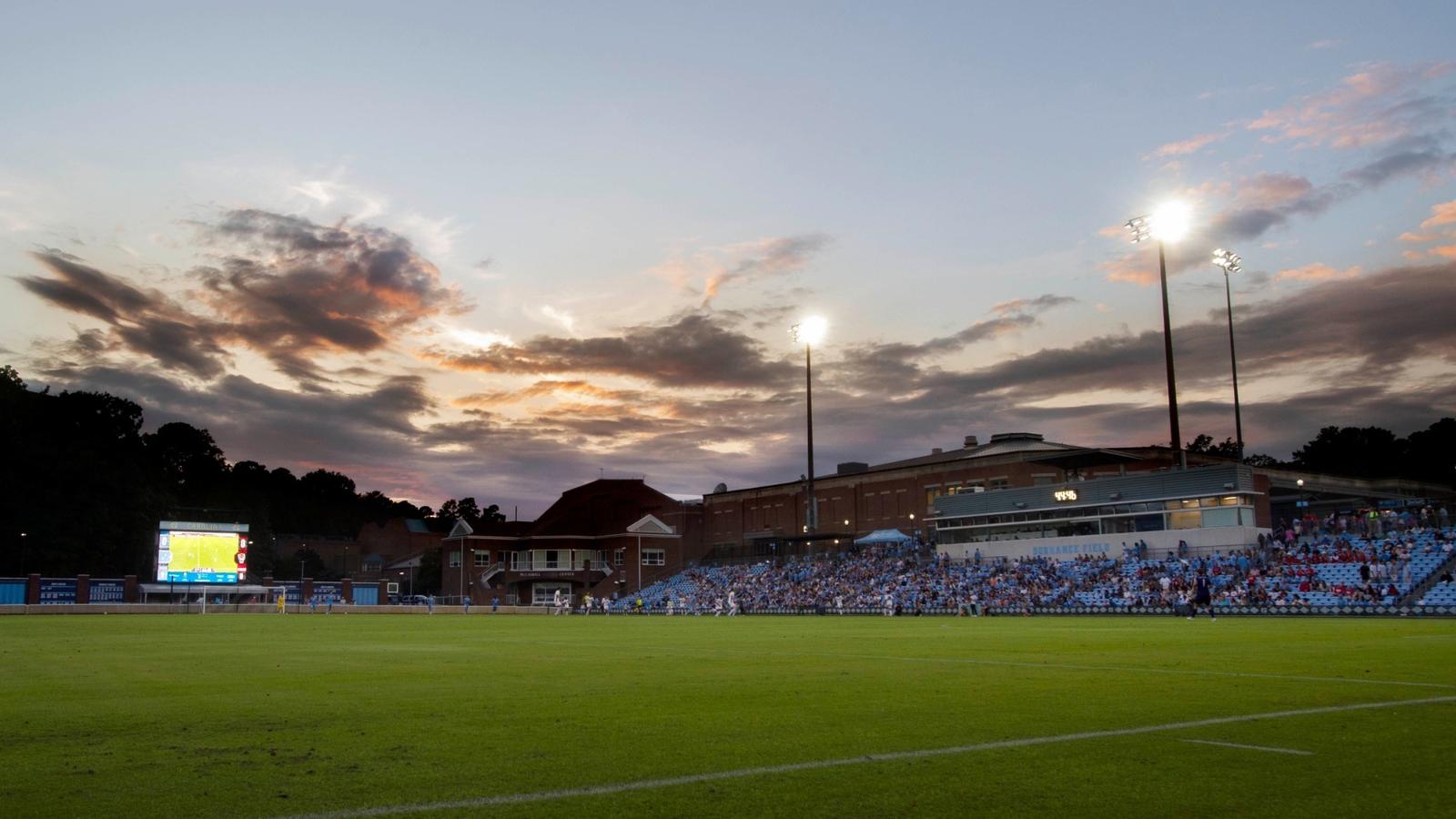With the world of college athletics undergoing major changes nationwide, schools around the country are navigating unfamiliar territory.
The latest cause for debate and change, ignoring discussions about NCAA Tournament expansion, has surrounded revenue sharing and changes to NIL following the House vs. NCAA settlement which wrapped up on July 1.
Not only did the settlement all but ensure the days of true amateurism in college athletics is going the way of the dodo, it created a system in which schools are able to directly pay the players on their athletics teams. It also took the power away from the NCAA in managing NIL, shifting it over to the College Sports Commission (CSC).
With this, schools generally have around $20.5 million dollars to spend on their athletes assuming guidelines are met (there are different figures for schools such as Creighton, which do not feature college football programs).
While conferences and schools alike are scrambling to decide how to divvy up this figure and create the best system, a conference that will have more question marks than most is the SEC.
The conference, historically known as a football powerhouse and the home to four of the last six national titles, is no longer just focused on the gridiron.
Last season, the SEC broke an NCAA record with 14 teams from the conference making it into the NCAA Tournament, shattering the Big East’s previous record of 11, after large-scale investment into basketball by schools like Alabama, Auburn, Tennessee and plenty more.
It is also worth mentioning that, while men’s basketball and football are the two major revenue sports that drive the bulk of the conversation, the SEC also has the last six baseball championships, three of the last four women’s basketball championships and is now home to teams that claim the last five softball championships, adding further difficult questions to the conference’s member schools.
While there was discussion surrounding the conference instituting a one-size-fits-all cap for its member schools, CBS Sports’ Matt Norlander reported that Kentucky is believed to be at 45% of its total budget being dedicated to basketball. This figure comes out to approximately $9.2 million, a far cry from the estimated $3 million most SEC schools will reportedly dedicate towards hoops.
This decision, unique amongst the conference, will surely be felt across UK Athletics and in the SEC landscape.
First and foremost, the decision seems to be a significant boost of confidence from UK Athletics Director Mitch Barnhart toward Mark Pope, who finished his first year with the Wildcats last season in the NCAA Tournament Sweet 16.
- It is true that Kentucky is one of college basketball’s “Blue Bloods,” claiming the second most NCAA Championships of any program (8) and being the winningest college basketball program in the sport after Kansas was forced to vacate wins. — Kentucky has also been forced to vacate wins in the past for NCAA violations.
Taking a team of transfers, many of whom were unproven or from smaller institutions like Amari Williams, now of the Boston Celtics, from Drexel and Ansley Almonor from Fairleigh Dickinson, Pope found plenty of success in year one, taking Kentucky back to the second weekend of the big dance for the first time in the 2020s and peaking at No. 4 in the AP Poll.
In the offseason that has followed, Kentucky has been a big spender, scooping up hot commodities such as Florida’s Denzel Aberdeen and Alabama’s Mouhamed Dioubate.
With most SEC schools intending to prioritize football — over the table, anyway — this could give Kentucky a significant advantage in the conference and lead to a more lopsided table of teams similar to the SEC of old.
On the flip side, the decision to dedicate 45% of the budget toward basketball has raised plenty of questions surrounding the football program.
While other schools prioritize football over basketball, yes, it is likely Kentucky will excel on the hardwood, but can it survive on the gridiron against the rest of the conference going forward?
The Wildcats are coming off a disastrous season in 2024 in which they went just 4-8, winning one conference game all season, and snapped an eight-year bowl game streak.
While UK Head Coach Mark Stoops has yet to make a statement on the report at the time of writing, it is sure to push the long-tenured SEC coach — which has already begun to lose a portion of the fanbase due to perceived stagnation and regression — further down in the brutal conference.
Speaking to The Cats’ Pause earlier this year, Stoops spoke about the difficulties he and his program has had in the modern era of college athletics.
“Hopefully, we’ll have a good percentage (of the revenue sharing),” he said. “I would like to really feel good. I’d like to, for once, be on a level playing field on the financial side. I’ve really fought an uphill battle on the NIL side. I’d like to not be there for a change.”
While the percentage dedicated to football has yet to be reported, it will almost certainly be quite lower than that of many other in-conference foes. And that isn’t even looking at the future situations for UK Baseball Head Coach Nick Mingione or UK Softball Coach Rachel Lawson, both coaches in sports that had begun to pick up noticeably in NIL figures prior to the legislation.
Nonetheless, those who fail to embrace change are sure to be left in the past and, for Kentucky and Barnhart, it seems like the horse is firmly hooked up to the basketball wagon. What that means for football and the rest of the sports on campus is yet to be seen.






















































